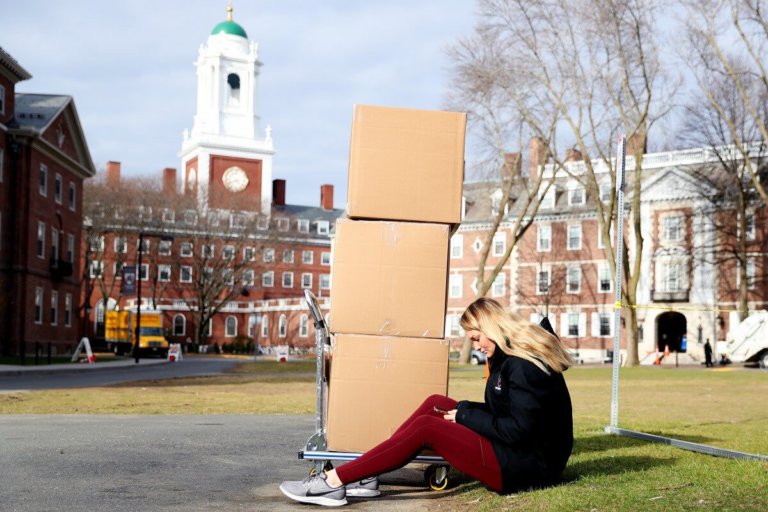
With universities closing across the US to control the spread of COVID-19, you may have several worries as an international student: Where can I find a temporary home? Will I be refunded? When will this end?
You may not have the answers to everything. After all, everything can change in a split second, depending on where you are.
Over in the UK, Oxford, Cambridge, and King’s College have postponed exams and universities nationwide will be closed effective Friday.
Australian institutions remain open but are preparing for online learning as the state of Victoria declares a state of emergency. Canada and China are taking the e-learning route, too.
Most universities promise to grant conditional exemptions for international students who live on campus. Still, the risk of being kicked out is real – and you should be prepared.
Know your zone
Keep track of all country, state, district and university announcements to know your restrictions. Then, work your way around them. Stay in close contact with lecturers and university mates so you’ll always have support.
Since the US Department of Education relaxed laws to allow universities to share student information (in time of emergency), you will be notified immediately if you are at risk of contracting the virus.

Some universities have resorted to testing on campus, such as at the University of Washington Medical Center. Source: Karen Ducey/Getty Images North America/AFP
Check your university’s refund policy
According to Bret Murray from insurance brokerage Risk Strategies Company, the typical American college insurance plan does not cover preventive measures. This means institutes nationwide are expected to reimburse students for campus accommodation while losing money.
Therefore, the best you can do is find out your university refund policy and file the necessary paperwork. Be prepared to wait a while for results.
Store your belongings safely
If you’re forced to clean out your dorm, move the bulk of your items into a reliable storage facility. A 5×5-feet space from Public Storage, Extra Space Storage or CubeSmart costs under US$50 a month. In the meantime, move with your essential items only.
You should also use stipends to finance your movements and isolations. When Harvard students were forced to leave campus, reports surfaced of them asking to crash with strangers. This led to the university providing US$200 for every student on financial aid to store or ship their belongings.

Many university students are looking for a temporary home as their campuses shut down. Source: Gregory Shamus/Getty Images North America/AFP
Mobilise student communities
Community support makes tough times easier, which is why students at Massachusetts Institute of Technology (MIT) and Stanford University created databases for students to request and offer help. Whether it’s financial, housing, health, academic, or emotional aid, tap into your community’s resources and play an active role in rallying efforts on the ground.
At Brown University, for example, Housing Opportunities for People Everywhere (HOPE) provides a housing, storage, and transportation database while Project LETS (Let’s Erase the Stigma) supports mentally-disabled students.
Find a temporary home
If you are an international student but did not qualify for evacuation exemption, find a temporary home immediately. Besides student communities, reach out to friends who live off-campus or have family nearby.
Finding a foster family is less risky than travelling back to your home country, as far as catching and spreading the infection goes. Once you emerge from the two-week self-quarantine period at your temporary home healthy, appeal to the university to be allowed back on campus.

Campuses have turned into ghost towns as students vacate, including Stanford University pictured here. Source: Philip Pacheco/Getty Images North America/AFP
Move with the intention to return
For those well into their programmes, dropping out should not be an option. The height of this pandemic is expected to last “several weeks to a few months,” according to infectious disease expert Anthony Fauci.
Therefore, stay close to your university and start hatching a return plan for the coming months.
Liked this? Then you’ll love…
Coronavirus: Everything you need to know about travelling safely during a pandemic
Surviving social distancing: The international student edition







